Strawberry Guava
₹299
The Strawberry Guava, a tropical delight, is a unique fruit-bearing shrub known for its sweet, tangy flavor and vibrant color. Its distinctive aroma and attractive appearance make it a popular choice for both home gardens and commercial cultivation.
29 people are viewing this product right now
🔥 7 items sold in last 3 hours
The Strawberry Guava (Psidium cattleianum) is a captivating tropical fruit tree renowned for its unique, sweet-tart flavor that blends the sweetness of strawberries with the tanginess of guava. This versatile plant is not only a delightful addition to any garden but also offers numerous health benefits.
Key Features & Benefits
- Delicious Fruit: Produces abundant, small, round fruits with a vibrant pink to red hue. The flesh is juicy, aromatic, and packed with vitamins, minerals, and antioxidants.
- Ornamental Value: Attractive evergreen foliage with glossy, leathery leaves makes it an appealing ornamental plant for gardens and landscapes.
- Easy to Grow: Relatively low-maintenance and can adapt to various growing conditions.
- Health Benefits: Rich in vitamin C, antioxidants, and fiber, promoting overall health and well-being.
- Versatile Uses: Enjoy fresh, add to salads and smoothies, or use to make jams, jellies, and juices.
Plant Care Guide
Ideal Plantation Locations
Thrives in warm, humid climates with ample sunlight. Prefers well-drained, slightly acidic soil. Suitable for tropical and subtropical regions.
Planting & Gardening Instructions
- Location: Choose a sunny location with at least 6 hours of direct sunlight per day.
- Soil Preparation: Amend the soil with organic matter like compost to improve drainage and fertility.
- Planting: Plant the Strawberry Guava tree at the same depth it was growing in the pot.
- Spacing: Allow sufficient space between trees for proper growth and air circulation (approximately 10-15 feet).
Watering
Water regularly, especially during dry periods. Allow the soil to dry slightly between waterings to prevent root rot.
Fertilizers
Fertilize during the growing season (spring and summer) with a balanced, slow-release fertilizer. Avoid over-fertilizing.
Repotting Instructions
Re-pot young trees annually in spring to a slightly larger pot. Use well-draining potting mix. For established trees, repot every 2-3 years.
Fruiting Season
Fruiting typically occurs throughout the year, with peak production varying depending on the climate.
Usage Ideas
- Home gardens
- Ornamental landscaping
- Container gardening
- Edible landscaping
- Gifting
Care Tips
- Protect young trees from strong winds and frost.
- Prune regularly to maintain shape and encourage new growth.
- Monitor for pests like scale insects and mealybugs.
- Mulch around the base of the tree to conserve moisture and suppress weeds.
Only logged in customers who have purchased this product may leave a review.
₹189
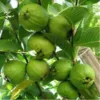
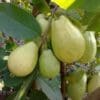
₹199
Related products
Designed, Developed & Maintained by Growww.
Copyright © 2024 Ashok Chakra Nursery

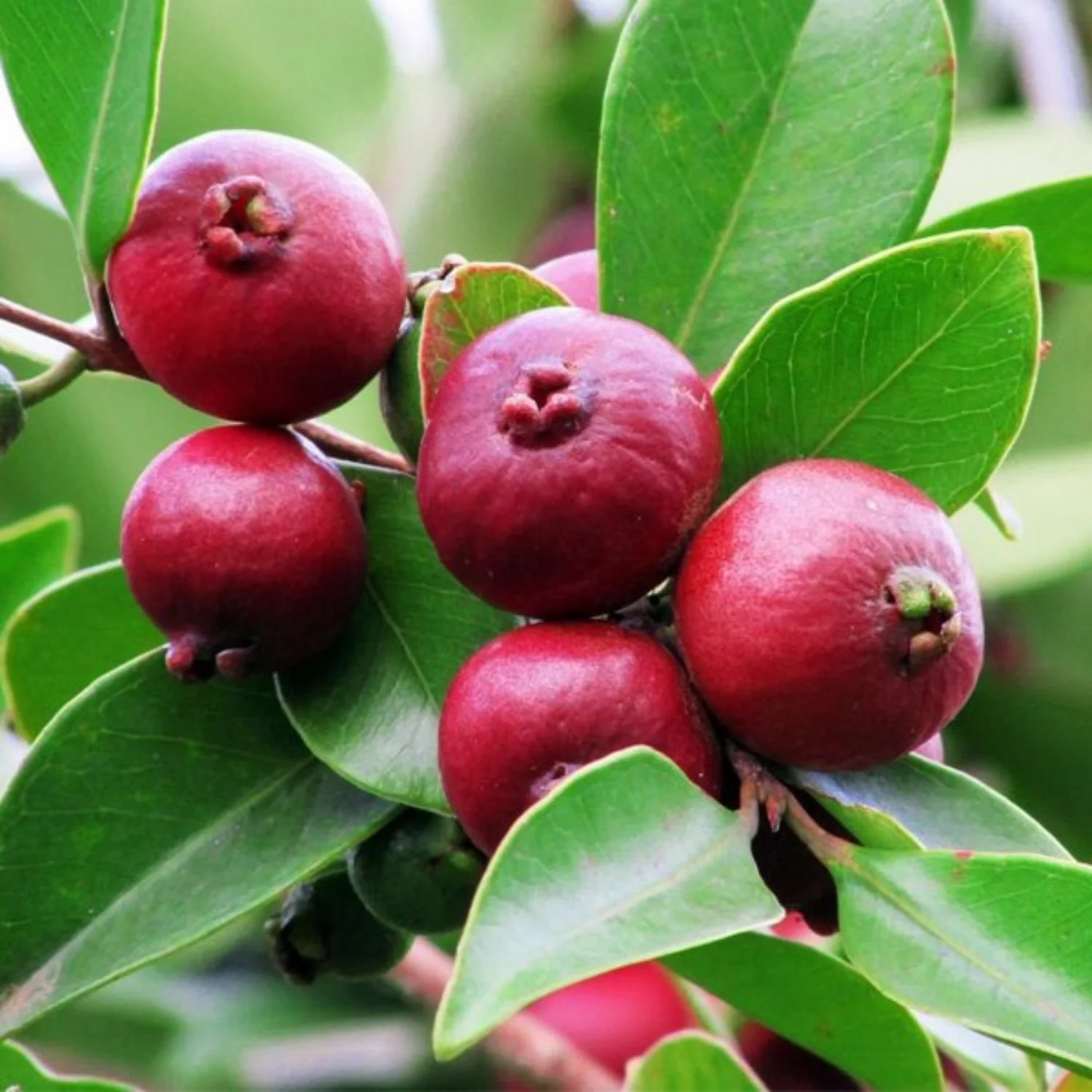
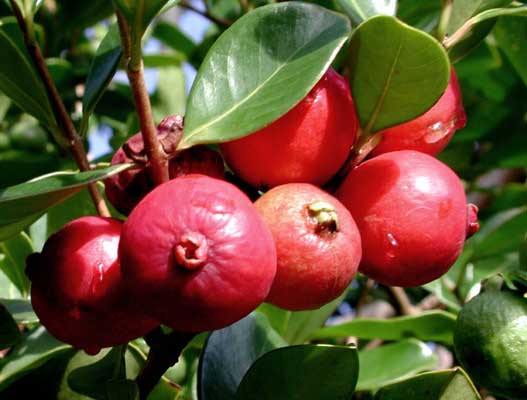
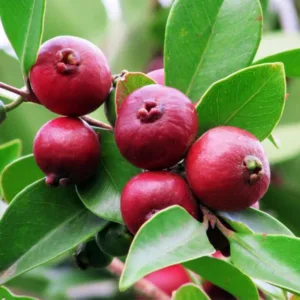
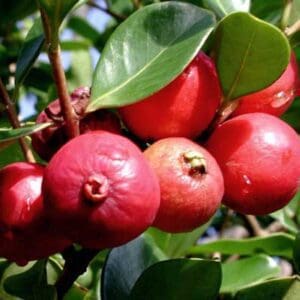
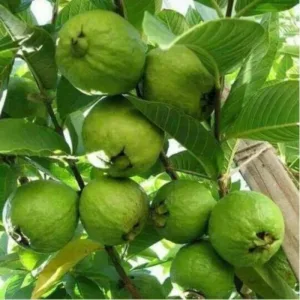
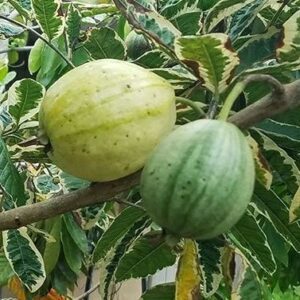
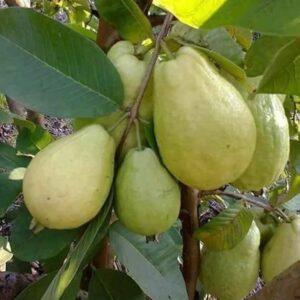
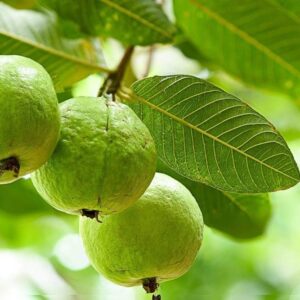
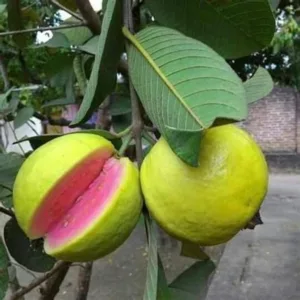
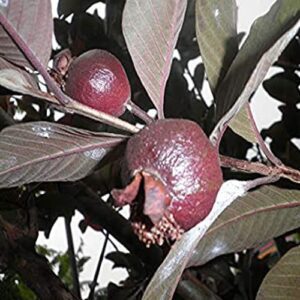
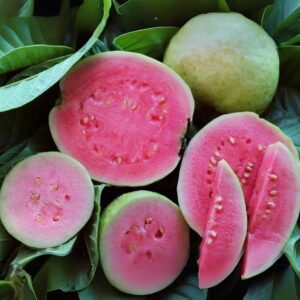
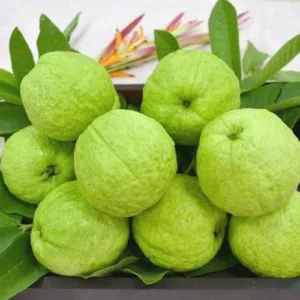
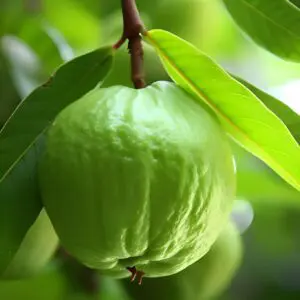
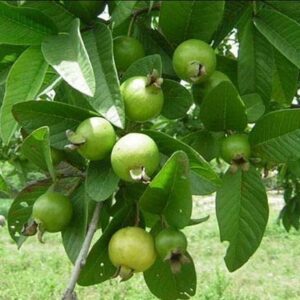
Reviews
There are no reviews yet.